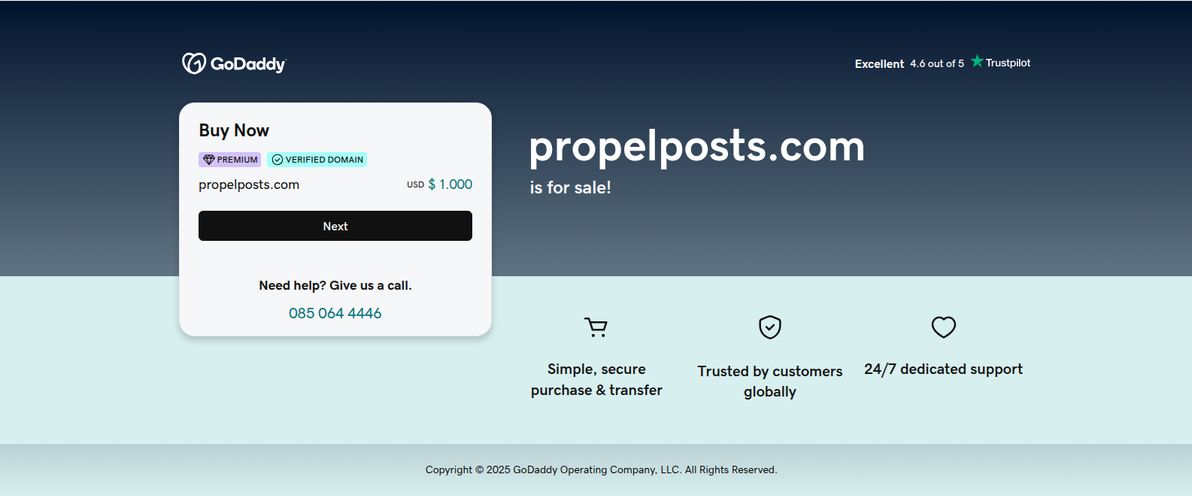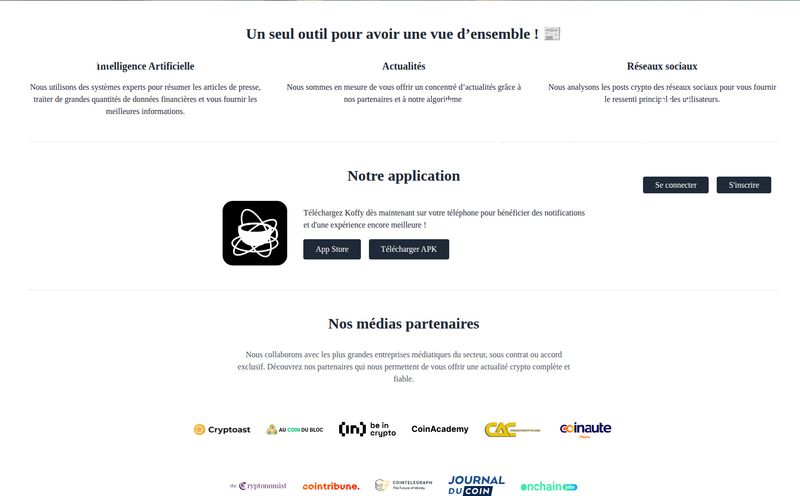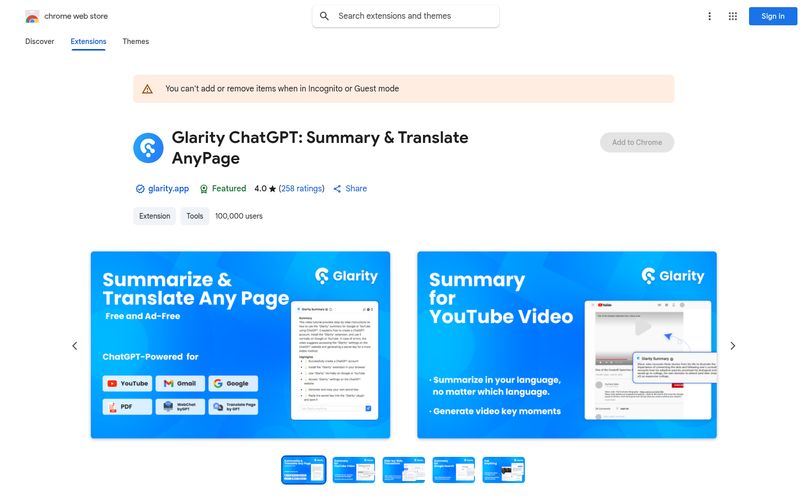We've all been there. Trapped in the automated phone menu from hell, pressing '0' repeatedly, hoping to reach a human. Or maybe you've been ghosted by customer support after they promised a 'swift resolution'. It’s infuriating. For years, we’ve shouted into the void, fired off an angry tweet that gets lost in the noise, or just… given up. It feels like companies hold all the cards.
Every now and then, a new tool pops up that tries to tip the scales back in our favor. I've seen a lot of them in my time, some good, some… not so much. So when I came across a platform called Scremer, the name alone made me sit up. It’s provocative. It’s exactly what you feel like doing after 45 minutes on hold. But is it just a clever name, or is there something more to it? I decided to take a look.
What Exactly is Scremer?
At its core, Scremer is a social feedback platform designed for sharing negative experiences with companies. Yep, you read that right. It's not a place for five-star raves; it's a dedicated space for when things go wrong. It’s the digital equivalent of standing on a soapbox and telling everyone that your brand-new gadget broke and the company won’t return your calls.
The platform, which is a product from Better Analytics Pvt Ltd, wants to give individuals a real voice. Their landing page says it all: "How are you feeling? Tell us and we will make it heard." It’s a simple but powerful promise. It’s not just about venting into an abyss; it's about creating a public record that other consumers can see and that, ideally, puts pressure on businesses to do better.

Visit Scremer
How Does Scremer Work? The Nuts and Bolts
So, how do you go from frustrated customer to empowered advocate? The process seems pretty straightforward, revolving around a few key features that set it apart from your standard review site.
Sharing Your Experience (The "Scream")
The main event is, of course, posting your feedback. They call it a "Scream," which is a fitting bit of branding. You write out your grievance, tag the company involved, and post it publicly. This isn’t a private support ticket; it’s a public declaration. The idea is to create a library of user-generated content that serves as a warning or a point of solidarity for other people dealing with the same issues. It’s transparency by force.
Amplifying Voices with the "Scream Up"
This is where the social part kicks in. If you see a post that resonates with you—maybe you had the exact same problem with that airline or that subscription service—you can "scream up" the post. Think of it as an upvote with attitude. It’s a simple mechanic, but it’s smart. It helps the most widespread and frustrating problems rise to the top, giving them more visibility. A single complaint can be dismissed as a one-off. A hundred people “screaming up” that same complaint? That’s a pattern. That’s a problem the company can’t ignore so easily.
The "Assurance Score™" - A New Metric for Accountability?
Now this part is genuinely interesting from an industry perspective. Scremer has something they call an Assurance Score™. According to them, this unique system evaluates companies based on their effort to solve customer problems. This is a crucial distinction. It’s not just about how many complaints a company gets, but about how they handle them. A company that actively engages with feedback on Scremer and resolves issues could, in theory, have a better Assurance Score than a company that just ignores everything. This turns the platform from a simple complaint forum into a potential tool for redemption. It gives businesses an incentive to participate, which is often the biggest hurdle for platforms like this.
The Good, The Bad, and The Realistic
No platform is a silver bullet, and I've been in the SEO and online reputation game long enough to know that every tool has its pros and cons. It’s important to go in with your eyes open.
The Upside of Making Some Noise
The biggest advantage is obvious: it empowers you, the consumer. It gives you a megaphone when you feel voiceless. Beyond that, it creates a sense of community. Finding out you’re not the only one being driven crazy by a company’s return policy is weirdly comforting. And in a perfect world, this public accountability pushes companies to improve. Better customer service, clearer policies, better products. That’s the dream, right?
Potential Pitfalls and Things to Keep in Mind
On the flip side, there are risks. A platform focused solely on negative feedback could become a pretty toxic echo chamber if not managed well. There's also the potential for misuse—competitors posting fake reviews, or customers exaggerating claims. I’ve seen it happen on almost every other review platform out there.
But the biggest question mark for me is this: a platform like Scremer is only as powerful as its user base and the companies' willingness to listen. If not enough people use it, the "screams" are just whispers. And if companies decide to just ignore it, then the Assurance Score becomes meaningless and it's back to being a place to vent. Its success hinges entirely on reaching a critical mass.
Is Scremer a Game-Changer for Brand Reputation?
Putting on my professional hat for a moment, the existence of Scremer is another reminder for businesses that their online reputation is everything. User-generated content on sites like this can, and often does, start showing up in Google search results for a brand's name. A well-documented, highly 'screamed up' post could become a top result that a company has to contend with.
The inclusion of a "Scremer for business" option tells me the founders understand this. They're not just building a place for consumers to complain; they're trying to build a bridge. They're offering businesses a chance to get in the ring, manage their profile, respond to feedback, and actually improve that Assurance Score. It's a modern approach to reputation management – don’t hide from the criticism, engage with it.
What About the Cost?
For us, the consumers? It's free. As it should be. You just sign up and start sharing. The platform's business model most likely revolves around its "Scremer for business" features. They’ll probably offer subscription plans for companies that want advanced tools for monitoring feedback, responding to customers, and accessing analytics. This is a pretty standard and fair model, similar to what you see with sites like Glassdoor or Trustpilot.
Frequently Asked Questions about Scremer
- What is Scremer in simple terms?
- Scremer is a free online platform where you can publicly post negative feedback about companies. Other users can support your feedback, helping to highlight major issues and hold businesses accountable.
- Is Scremer free for consumers to use?
- Yes, it's completely free for individuals to sign up, post their experiences, and interact with other users' posts.
- How is Scremer different from other review sites like Yelp or Google Reviews?
- The main difference is its focus. Scremer is specifically for negative experiences. It's not for general reviews. It also has unique features like the "Scream Up" voting system and the company-focused "Assurance Score™".
- Can businesses respond to my feedback on Scremer?
- It appears so. The platform has a "Scremer for business" portal, and the whole concept of the Assurance Score is based on companies making an effort to solve problems, which implies they have a way to respond and engage.
- What is the Assurance Score™?
- It's a proprietary score Scremer gives to companies. It's not just based on the number of complaints but on how actively and effectively a company works to resolve the issues raised by users on the platform.
My Final Thoughts
So, is Scremer the answer to all our customer service prayers? Probably not. No single platform can be. But I like the concept. I like the focus. It’s an interesting evolution in the world of consumer feedback. It’s less of a review site and more of a public accountability tracker.
Its future success will depend on its ability to build an active community and convince businesses that ignoring it is a bigger risk than engaging with it. For now, I see it as another valuable tool in our collective arsenal. The bottom line is, the more ways we have to make our voices heard, the more likely it is that companies will finally start to listen. And sometimes, you really do just need a good place to scream.



